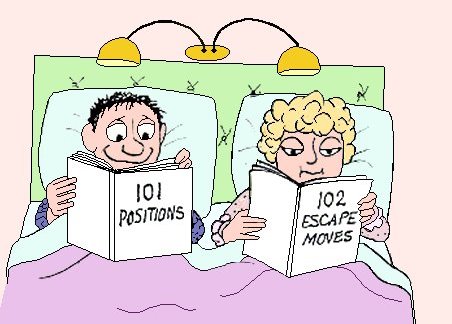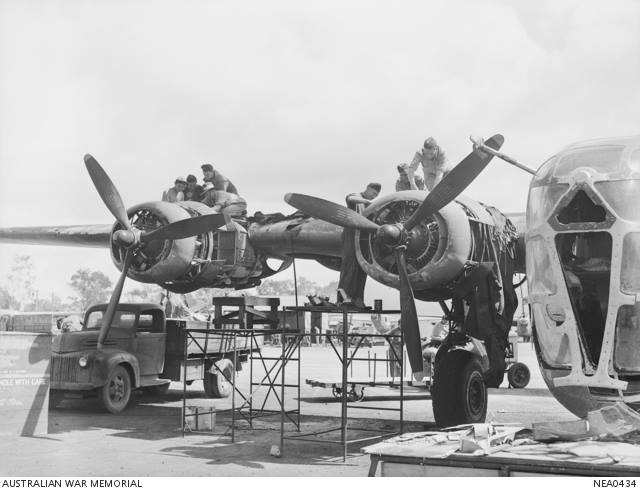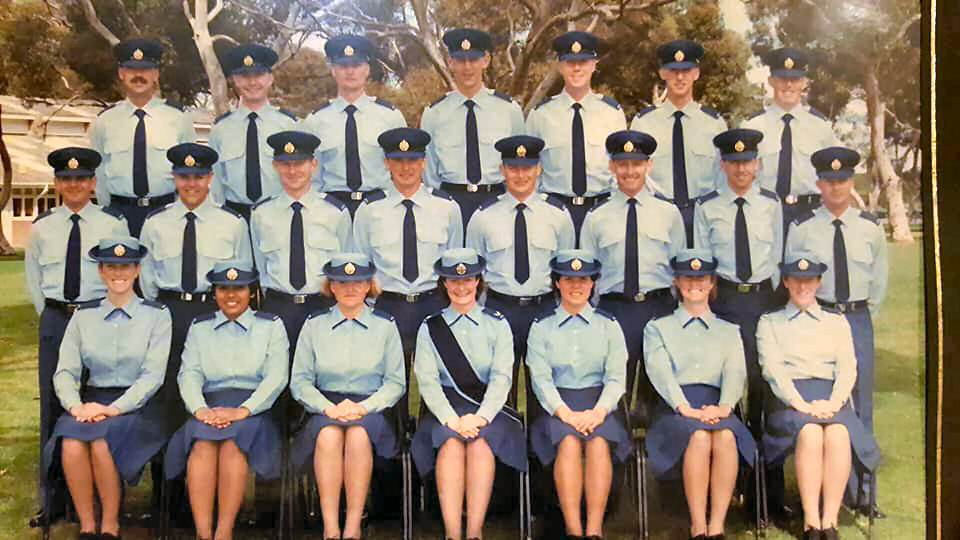|
|
||
|
||
|
Privacy Policy | Editorial Policy | Profit Policy | Join the Association | List of Members | Contact us | Index | Links |
||
|
Back Go to page: 1 2 3 4 5 6 7 8 9 10 11 12 13 14 15 16 17 18 19 20 Forward
|
||
|
Page 3 Girl. |
||
|
Our lovely page 3 girl this edition is Kelly Muller.
Kelly was born in Shepparton in Vic but as her dad was a Commonwealth Copper (Federal Policeman) as a young girl she got to move around quite a lot. She lived in and went to school in Darwin, Townsville, Cairns and eventually finished her schooling in Brisbane.
After Brisbane there was another move back up to Townsville where she enrolled at the James Cook university and majored in education as she had her eyes set on being a teacher. During her second term at Uni she and a friend joined the Army Reserve, that was in 1989, she was 19 years old.
After completing her initial training, she joined the catering branch and became a steward and was assigned to the Sergeant’s Mess at Jezzine Barracks in Townsville. Jezzine Barracks was a wonderful place to work, built in 1891 and situated on Kissing Point, at the western end of the Strand beachfront, it was a small unit, it had atmosphere, it had a wonderful view and the conditions and camaraderie were excellent. She used to ride her small 50cc scooter to work but as “boys will be boys”, the Sergeants would get up to all sorts of tricks and at times she’d find her scooter in a cold room or on top of a dump master or stuck in some other inaccessible place – all in good fun!
Sadly, Jezzine Barracks is no more, the 15 hectare site was handed over to the Townsville City Council in 2006 which over the years developed it into open space for the residents of and visitors to Townsville. It contains an Army Museum which is open on Wednesdays, Fridays and Sundays from 9.00am to 1.00pm.
When Kelly graduated from Uni, she found there was a glut of primary school teachers in Queensland and she found it hard to obtain a position. The Army was able to give her extra days and during this period she completed Reserve Officer training. At that time the Army were trialling a “rush” Officer training course which was reduced from the lengthy full year’s course to just 7 weeks This course was full-on and was held “live in” at Canungra, in the hinterland behind the Gold Coast – and she loved it.
After completing the course and passing out as a second Lieutenant, she was posted to the Royal Australian Corps of Transport back at Townsville. She was the first female to hold the position of assistant adjutant in the 31 Royal Queensland Regiment. She was also doing some relief teaching but the work was very inconsistent and she made the decision to apply to the Royal Military College in Duntroon. In 1992 she was accepted and moved to Canberra in July 1993 – into the Regular Army.
During her stay at Duntroon she met her future husband, Marcaus, who was also on course. The course ran for 18 months and back then girls made up about 10% of the numbers. After graduating in Dec 1994, she was posted back to Canungra while Marcaus was posted to Townsville.
She says they had a “long distance” romance which obviously worked as they were married in 1995 after which she was posted up to Townsville. She held a number of jobs in Townsville, admin, Corps related, attached to the Joint Movement Control unit and eventually she specialised in Movement Control.
In 1999 she and Marcaus were posted to Melbourne and shortly afterwards she was shipped off to East Timor as part of InterFET (International Force East Timor). This was only a short term posting and in 3½ months she was back in Melbourne. While in Timor she was one of the Operations Officers in Movement Control. This section controlled all shipping, land and air movements and one of her highlights was co-ordinating movements for the John Farnham “Tour of Duty” concert. She also got to escort Kylie Minogue.
In Timor, her group was billeted in Obrigado Barracks in Dili. Accommodation was provided in old concrete walled huts where she was lucky having to share a room with only one other person. The others weren’t so lucky, with some bunked in rooms containing up to ten persons at a time.
Back in Melbourne she was posted to 26 Transport Sqn at Puckapunyal. 26 Transport Sqn was a long-haul transport unit which was preparing to move to Timor and eventually, in June 1991, she was off to Timor again, this time on a six month posting as 2IC of the All-nations Logistics Squadron. As luck would have it, Marcaus was also posted to Timor, in September, though he went to Suai on the south of the Island while Kelly was in Dili – 180 klms apart. But where there’s a will, there’s a way and they got to see each other quite a bit.
When she returned to Australia she took 12 months long service leave and studied for a diploma in information management with the intention of getting back into teaching as a teacher/librarian. In 2003, after applying for and obtaining a position as a teacher/librarian, she discharged from the Army but ended up teaching a grade 5 class.
Marcaus was also posted back to Melbourne after Timor and they decided to stay on in Melbourne. They bought their first home in Kinglake but unfortunately, they lost it in the Black Saturday fires in 2009.
Kelly taught in Melbourne for 4 years, both as full time and as a part time teacher and spent some hours each month working back in the Army, in uniform, but not in the reserve – more like a Project Officer? She found she missed it and loved it again.
Marcaus had by this time been posted to Brisbane and Kelly began to put some feelers out for reserve work in Brisbane and was eventually offered an out of cycle posting ahead of her husband. It was off to Brisbane and she was back in uniform for another 4 years.
While in Brisbane she fell pregnant and their son was born in 2008 and not long after it was back to Canberra as Marcaus had been posted to Staff College. That was when their house in Melbourne was destroyed in the fires – terribly sad times for them both.
After Brisbane they were posted to Canberra for 12 months while Marcaus was at Staff College and preparing for his exchange posting to the British Army in Germany. By this time, they had their first child, Toby. They left Australia when Kelly was again pregnant, this time with twins.
They had two years in Germany, where their twins (pigeon pair) were born but sadly the little bloke was born with a heart problem and had to endure extensive surgery in order to survive. Poor little bloke spent 3½ months in hospital. When he was released, they did as much as you can do in a foreign country with three kids under 3 - they spent a lot of time touring, Paris twice, Normandy, Brittany, and epic road trip through Germany but the hi-light was a 2 week tour throughout Ireland then back to the UK, ferry to Spain followed by a long leisurely drive back to Germany.
They were back in Oz after 2 years and back in Brisbane.
In Sept 2016 Kelly was selected by Soldier On to be part of a small contingent of eight veterans to go to Timor Leste to partner with the Mary McKillop International Catholic Organisation in a project supporting local school kids. They fitted out a bus as a mobile library where it would visit outlying villages providing class sets of books, musical instruments etc to be used as teacher resources. Seeing the country again, 17 years after her initial deployment in 1999 was both a moving and exciting opportunity for Kelly which she says gave her a greater understanding of how her role, albeit what felt to be a small one, had made a difference as its success was due to the sum of its many parts.
These days she has retired from teaching, retired from the army and taken on a bigger job, she says she’s now a full time mum to 3 boisterous kids the eldest being 9, the twins 8. Life is great!
|
||
|
There are 3 kinds of men in this world. Some remain single and make wonders happen. Some have girlfriends and see wonders happen. The rest get married and wonder what happened!
|
||
|
14 Sigs course. Ballarat, 22 Sept 1960 (Trevor Medhurst sent us this) |
||
|
|
||
|
Standing L-R: J Doohan, M Guest, R Sutherland, V Crowie, P Long, M Edmonds, P Ware, A Powell, H Devery.’ Seated L-R: E Cox, Trevor Medhurst, C Bond, WOff N Clifford, G Harris, D Rankin, P May. |
||
|
|
||
|
|
||
|
|
||
|
Vietnam Pics.
Barry Carpenter, who flew Canberras with 2 Sqn out of Phan Rang from Dec 1969 to Nov 1970, was recently back in Vietnam – he sent us these pics
Barry said: “It was a little emotional at times especially landing (for the second time - first time was when I couldn’t get back into Phan Rang because of weather after a mission) at Cam Rhan Bay and when I reached the South West gate of the Phan Rang Airbase. There, I was confronted by several guards with (undoubtedly) loaded AK47s and a guard commander who wasn’t very amused at my audacity when I asked (through an interpreter) if I could look around (nothing ventured, nothing gained).
The base is home to a regiment of SU 22s (Sukhoi 22 - below) that only fly up to lunch time because of the heat (when I arrived at noon everybody was flooding out the gate on their way home and it was super dry heat for sure). |
||
|
|
||
|
I then made my way up to the Chàm temple that provides a better view of the base. What impressed me initially is that the trees are back so couldn’t see much (didn’t have binoculars or long lens). Did see that there is a long shelter for the Su22s on the old air-movements tarmac behind our hangar. Pretty sure that our hangar is still standing to the left of a large green shelter as are some of the revetment walls where we parked (centre ones gone).
F100 operational readiness and maintenance ‘igloos’ still there - recognised the ones at the threshold of 04L. Then there’s the hill to our quarters. Road leading up there but couldn’t see any buildings.
Would I go back? No! Stayed one night at a so called resort that was crawling with Russians and mosquitoes. The beach is really nice as I recalled it but didn’t recognise where we used to spend our time off. I found Vietnam a real enigma but I won’t go into that now. The War Museum in Saigon (yes, still allowed to call it that), presidential palace and the Cu Chi tunnels all worth seeing. With the roar of swept wing SU22s at Phan Rang (in the morning) I wonder if some of the older residents think the war is still on. Those affected by agent orange surely would - a very sobering section of the War Museum devoted to it and the third generation effects still being felt. No accusatory text - the grotesque photos say it all. |
||
|
|
||
|
|
||
|
|
||
|
WH&S ??
|
||
|
|
||
|
Click HERE to see a brief history of 2 Sqn in Vietnam.
|
||
|
One day my housework-challenged Husband decided to wash his Sweatshirt. Seconds after he stepped into the laundry, he shouted to me, 'What setting do I use on the washing machine?' 'It depends,' I replied. 'What does it say on your shirt?' He yelled back, ' Brisbane Broncos !' And they say blondes are dumb...
|
||
|
Opening of the new WRAAFery at Wagga – 1973 |
||
|
|
||
|
|
||
|
I told my son, "You will marry the girl I choose." He said, "no." I told him, "she is Bill Gates' daughter." He said, "yes." I called Bill Gates and said, "I want your daughter to marry my son." Bill Gates said, "no." I told Bill Gates, "my son is the CEO of the World Bank." Bill Gates said, "ok." I called the President of World Bank and asked him to make my son the CEO. He said, "no." I told him, "my son is Bill Gates' son-in-law." He said, "ok."
That's how you get things done.
|
||
|
7 Rookies Course, 24Nov1947 – 10Mar1948 This was the second Rookies Course held at Laverton. |
||
|
|
||
|
Back Row L-R: ‘Snowy Robinson, Ted Ilton, Max Conradi, Ian Wright, George Parnell, ‘Possum’ Richardson, Arthur Mead, Johnny Morris, Dave Youren. Centre Row L-R: Arthur ‘Gus” Comer, Stuart Lowe, Cec Selwood, Alan Pinches, Ron Wilkinson, Ted Scholz, Ron Frost, Keith Bond, Con Morley. Front Row L-R: John Ashcroft, Gil McAinsh, Dave Lovell, Harry Bilske, Les Jenkins, Sqn Ldr Eckert, F/Sgt Noel Winnett, Owen Thiele, Fred Knott, Ivan Vater, George Reynolds.
|
||
|
Never sing in the shower, singing leads to dancing. Dancing leads to slipping and slipping leads to paramedics seeing you naked. So! Remember, don’t sing!
|
||
|
18 Signallers Course. Laverton, Sept, 1964 |
||
|
|
||
|
Back Row: Tom Turner, Tony Fitzgerald, Paul Fuller, Bob Kilpatrick, Geoff Barnes Front Row: Peter Fairbrother, John Holt, Ted Bach, Dom Crain
|
||
|
34 Sqn Elec Fitters – 1984. Sorry - no names, if you can help, please do. |
||
|
|
||
|
|
||
|
On their wedding night, the young bride approached her new husband and asked for $20.00 for their first love making encounter. In his highly aroused state, her husband readily agreed. This scenario was repeated each time they made love, for more than 40 years, with him thinking that it was a cute way for her to afford new clothes and other incidentals that she needed. Arriving home around noon one day, she was surprised to find her husband in a very drunken state.
During the next few minutes, he explained that his employer was going through a process of corporate downsizing and he had been let go. It was unlikely that, at the age of 59, he'd be able to find another position that paid anywhere near what he'd been earning, and therefore, they were financially ruined.
Calmly, his wife handed him a bank book which showed more than forty years of steady deposits and interest totalling nearly $1 million. Then she showed him certificates of deposits issued by the bank which were worth over $2 million and informed him that they were one of the largest depositors in the bank.. She explained that for more than three decades she had 'charged' him for sex. These holdings had multiplied and these were the results of her savings and investments. Faced with evidence of cash and investments worth over $3 million, her husband was so astounded he could barely speak. Finally he found his voice and blurted out, “This is unbelievable!.....If I'd had any idea what you were doing, I would have given you all my business!'
That's when she shot him.
You know, sometimes, men just don't know when to keep their mouths shut!
|
||
|
66 Aircraft Loaders Course 08Aug1973 – 22Aug1973 (Sorry, no first names, if you can help, please do)
|
||
|
|
||
|
Standing L-R: Hamilton, Reynolds-Huntly, Hoopert, Mapstone, Kajevic, Cutting, Morrison, Hesketh, Sunner. Seated L-R: Porter, Puxty, Shea, Ranger, Harrington, Freeman, Jesinowski, Jones, Waller.
|
||
|
No 78 EQASST Course. Sorry - no names, if you can help, please do. |
||
|
|
||
|
|
||
|
Thinking back a few years, living in Darwin., I remember Cyclone Tracey. I was ready for it, but my wife was not. When the wind reached a screaming pitch with the trees snapping and threshing, the horizontal streaming rain, flying roofing iron and destroyed fences, as well as the unnerving sound-levels, my wife was rooted to the spot. She stared and stared through the glass of the window. Immovable, with her nose pressed to the windowpane, the stark fear in her eyes will stay with me forever. Fortunately, as the eye of the storm arrived and the winds temporarily lessened, I was able to open the door and let her in.
|
||
|
32/90 SERGSUPPMGNT Course. 15Oct1990 – 13Nov1990
|
||
|
|
||
|
Back Row L-R: Paul Ryan, Bruce Langley, Paul Screaigh, Ian Wade, Mal Swingler. Middle Row L-R: Ron Cooper, Kerry Falconer, Viv Lane, Geoff Price, “Hoops” Hoopert, Mick Dunne, Bob Morrison. Front Row L-R: Jo Currie, Jeff Etherden, Joan Blenkinsopp, Bob Malinsky, Wendy Stone, Jock Barr, “Hannif” Horn.
|
||
|
|
||
|
|
||
|
RAAF Tottenham Aussie Rules Team – 1979.
|
||
|
|
||
|
|
||
|
Marine Section – Pt Cook 1991. |
||
|
|
||
|
Sorry – we don’t have names – can you help?? |
||
|
The early days of RAAF Marine boats can be traced back to the early days of the Australian Flying Corps at the Central Flying School at Point Cook prior to the RAAF being formed. Boats were used to assist in mooring and removing the early seaplanes such as the Fairey IIID from the water every night.
On 28 February 1938 the RAAF received approval to purchase the 01 Class of Target Boats from England. When the war in Europe started the RAAF placed orders for many new marine craft. The RAAF had not finalised its expansion program for its Marine Section when the war in the Pacific started on 7 December 1941. A massive building program commenced with boats coming from the following suppliers:-
As part of the catch-up the RAAF even started to build some small boats at Rathmines. In addition, numerous boats were requisitioned from civilians. This was usually achieved by loan, secondment or contract. |
||
|
|
||
|
|
||
|
Boats in Australia became a rarity as the RAN, Australian Army, US Army were also acquiring as many civilian boats as they could. Some of the boats that RAAF Marine Section acquired were:-
At the peak of its activities, rhe RAAF Marine Section had a fleet of over 600 powered craft and over 700 un-powered craft.
During WW2, the Navy was initially responsible for air-sea rescue services in the northern area of Australian waters using acquired craft and Fairmile launches but from 1942, RAAF Marine Section took over this role in partnership with the Air-Sea Rescue Units of the United States 5th Air Force.
As the Allies pushed the Japanese further north, RAAF Marine Section were left to continue air-sea rescues in northern waters. RAAF Marine Section obtained more boats and also took over mooring assistance, supply and refuelling for flying boats and carrying of stores to isolated units such as remote coastal radar units by sea.
Most RAAF Marine Section crews were trained at Rathmines. They were trained in Navigation, Seamanship, Signals, Boat Handling, Life Saving and Technicalities of Weather. These men also operated, serviced, and maintained their own vessels Their roles could be quite dangerous at times. RAAF Stores vessel Wanaka sank during a cyclone on 16 December 1941 with the loss of 10 lives. Catalina A24-206 and bomb scow 010-12 were both destroyed on 20 June 1945 when depth charges on the bomb scow suddenly exploded.
History.
The RAAF's first boats were obtained in 1921 to support the Fairey III seaplanes based at RAAF Base Point Cook. The RAAF Maritime Section was massively expanded during World War II and at its peak the Section operated over 600 powered and 700 unpowered craft (including several sailing vessels). While many of these craft were ex-civilian fishing boats, the RAAF also purchased a number of specialised craft. Small maritime sections were established at many RAAF bases in Australia and the South West Pacific and were administered by the units they supported.
Soon after the devastating Japanese air raid on Pearl Harbour, where the American Naval Fleet was severely damaged or sunk and the US Army Air Force’s aircraft and facilities were also destroyed, a very similar devastating bombing raid was made on Darwin. This occurred in February 1942 with aircraft dispatched from a Japanese Aircraft Carrier Task Force and by some land-based Bombers. There was a distinct possibility that an invasion of Australia was imminent.
The superior Japanese forces had invaded New Guinea, established a mighty base in Rabaul and occupied all the islands off Australia’s eastern coast, to as far south as Guadalcanal. What must been one of the best kept secrets during the war against the Japanese was the very significant role played by the Men of the Marine Section and their vessels.
Rapid expansion of the Marine Section was a priority because of Lend lease Flying Boats and land base aircraft coming from the United States. Privately owned Boats were taken over by the RAAF, and the construction of a wide variety of boats to meet the requirements of Flying boats and remote Bases commenced. Refuelling Barges, Air Sea Rescue Boats, Bomb Scows, Work Boats, were a priority, while Torpedo Recovery Boats, Landing Barges, and a great variety of Transport Boats also had to be constructed. Many other privately owned boats were taken over by the Air Force. Large sailing ships, like three masted Schooners, Ketches, Pearling Luggers and Sloops, from another era, were refitted with new engines, rigging and sails were brought into service for the RAAF Marine Section.
Young men from within the Air Force, but a great many from civilian occupations commenced training to man the boats and ships as they came available.
Following the war, the RAAF Maritime Section was greatly reduced to operate only 65 powered and 42 unpowered craft. This force was reduced further when the RAAF retired its seaplanes in 1952 and as helicopters replaced air-sea rescue boats.
The RAAF Maritime Section was disbanded on 31 January 1993.
|
||
|
|
||
|
|
||
|
WRAAF 1969 |
||
|
|
||
|
L-R: Patricia Newman, Leslie Theaker, Lorraine Arnold, Janet Gees.
|
||
|
Transmitterers |
||
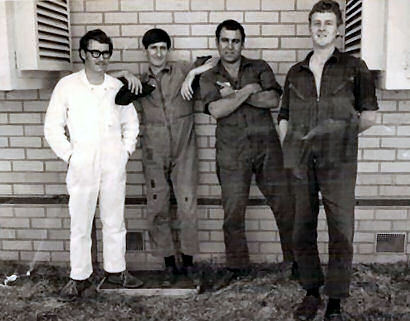 |
||
|
These blokes worked on transmitters somewhere – can someone supply the who, the where and the when?
|
||
|
|
||
|
|
||
|
Townsville, April, 1944 |
||
|
|
||
|
RAAF sumpies working under US supervision, working on the starboard Pratt and Whitney R-1830 Twin Wasp engines of the US Army Air Force B-24D Liberator aircraft which has been modified for transport work and allotted to the Air Transport Command, for use on the trans-Pacific service. The Liberator used the same engines as the C-47.
The sumpies were being trained on Liberator maintenance prior to the RAAF's acquisition of B-24s.
|
||
|
|
||
|
The view looking aft and down from the flight deck into the cargo compartment of a C130A Hercules (A97-209), of No 36 Squadron, which is full of South Vietnamese refugees fleeing from the North Vietnamese Army (NVA), who were then in the process of overrunning the northern towns and cities of South Vietnam.
In late March 1975, the Australian Government decided to provide seven C130 transport aircraft for the purpose of evacuating some of the South Vietnamese civilians trapped in these threatened northern cities. In all, seven C130s comprising C130As from 36 Squadron and C130Es from 37 Squadron evacuated more than 100 refugees each from Phan Rang airport, south of the city of Nha Trang, to the safer town of Can Tho, approximately 150 kilometres southwest of Saigon.
To maximise the number of passengers, no seats or seatbelts were fitted although fabric cargo tie down straps were fitted to the deck of the cargo compartment which provided some restraint for the passengers. This aircraft was piloted and captained by Flt Lt Brian Young. Over the course of the next few days, Flt Lt Young and his crew members made humanitarian flights to a refugee camp at An Thoi, bringing in food, blankets, tents and other items from Saigon.
Prior to flying Hercs with 36 Sqn, Geoff Young (below) had done a tour of Vietnam with 35 Sqn flying the Caribou.
|
||
|
|
||
|
|
||
|
Rookies, 1988. |
||
|
|
||
|
We don’t have a course number or names, can you help?
|
||
|
|
||
|
|
||
|
|
||
|
|

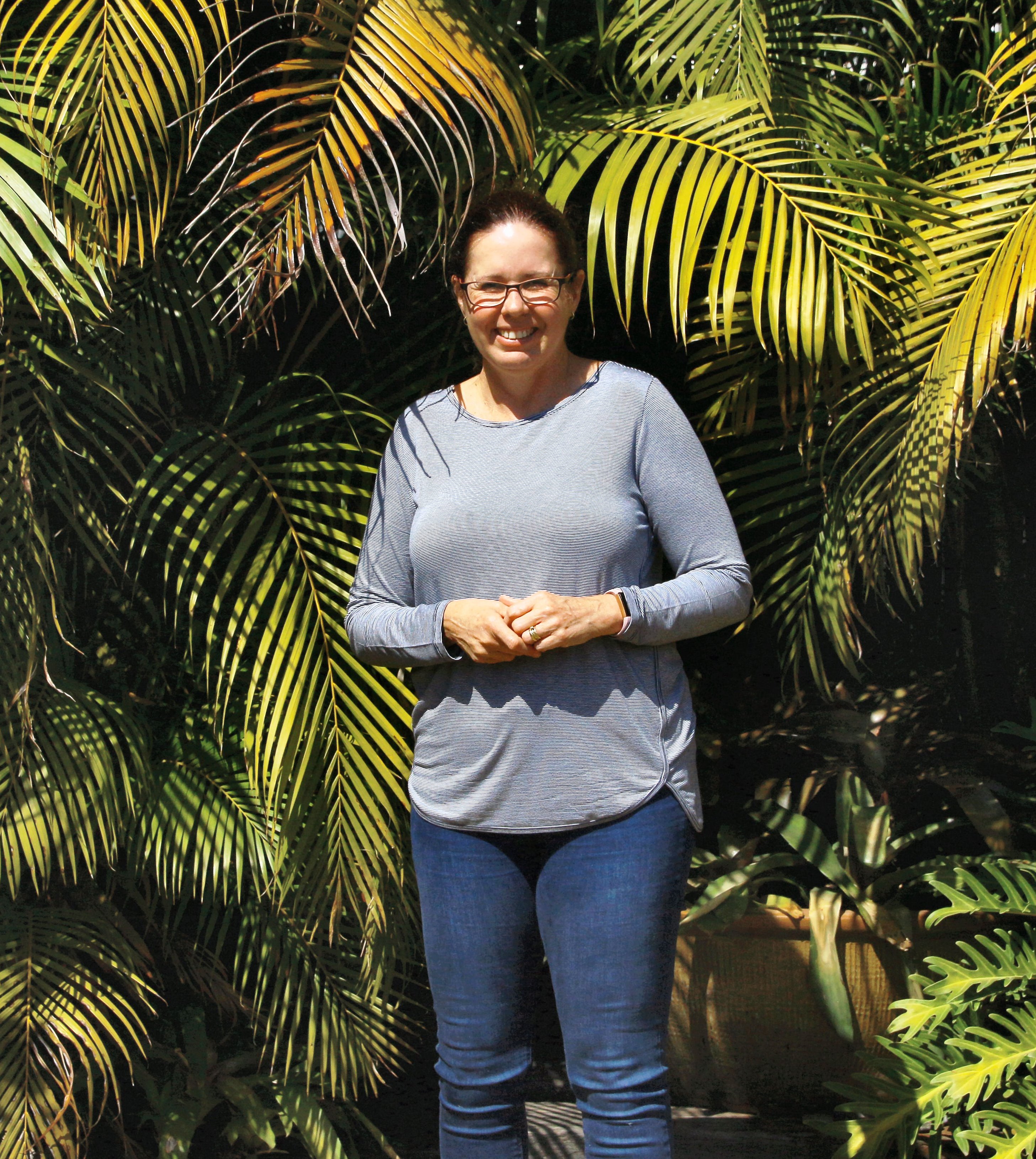
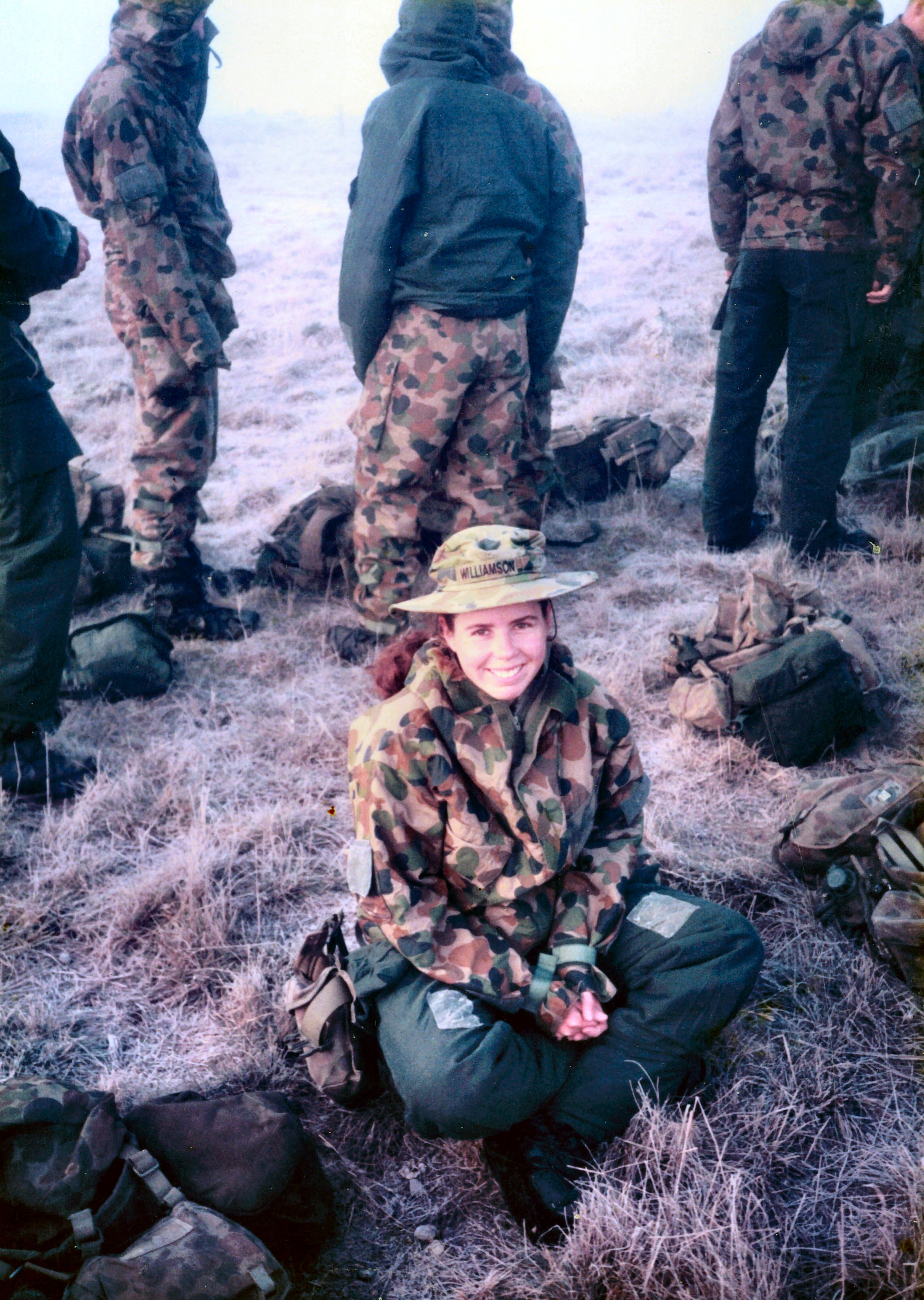
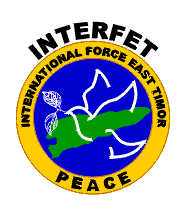
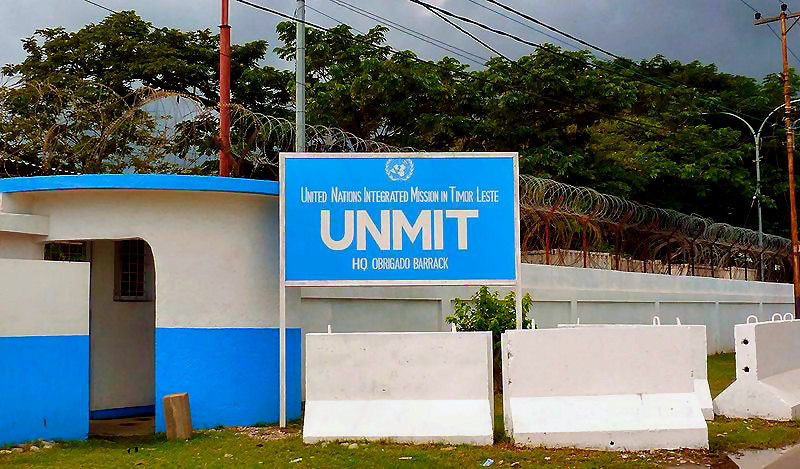
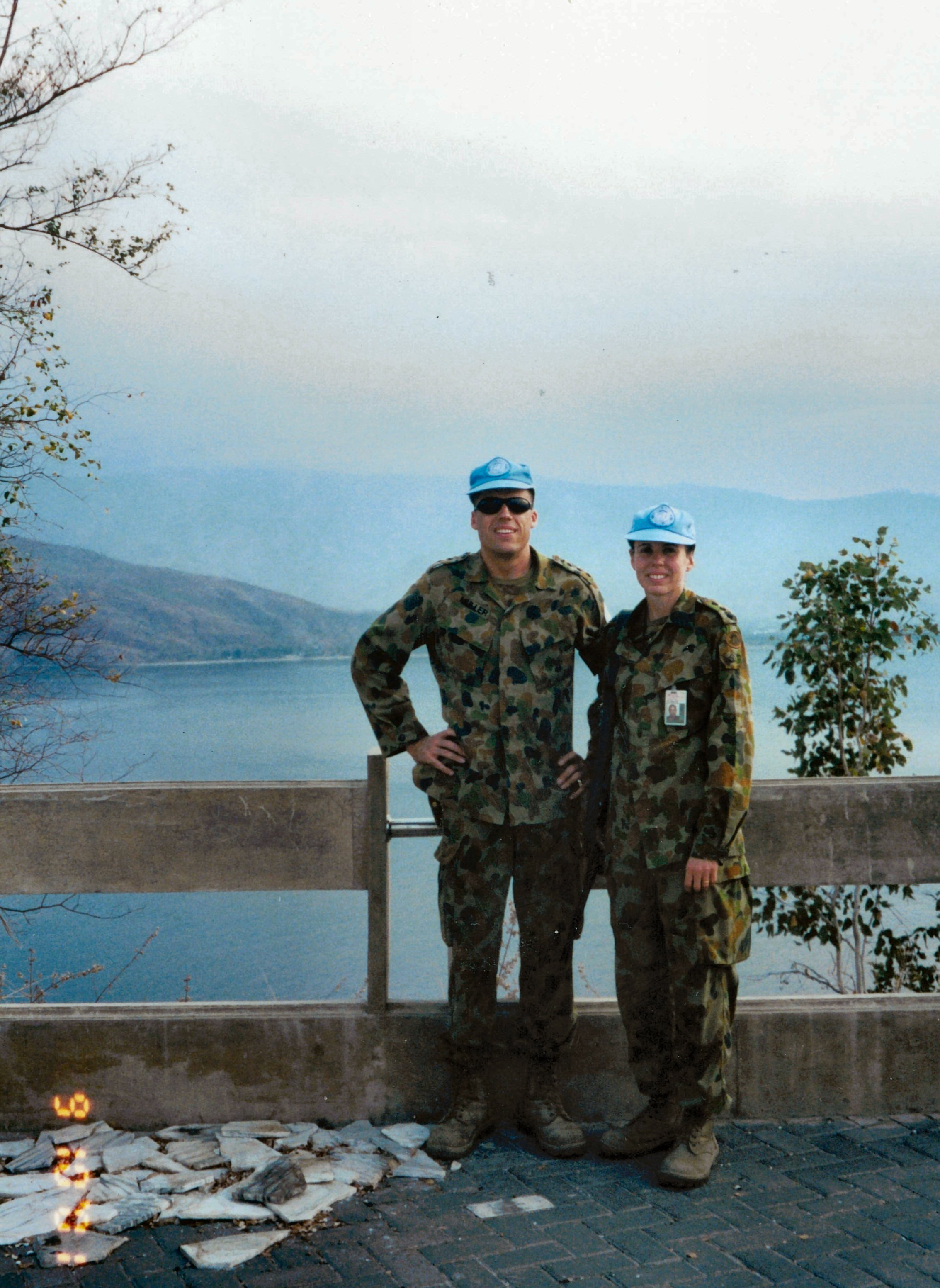
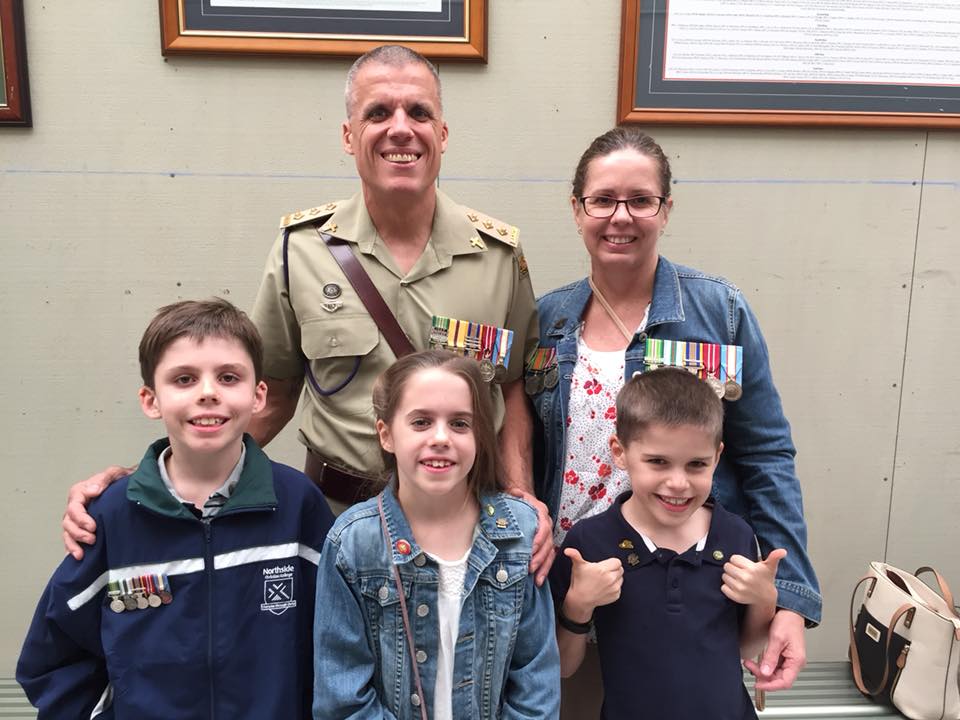
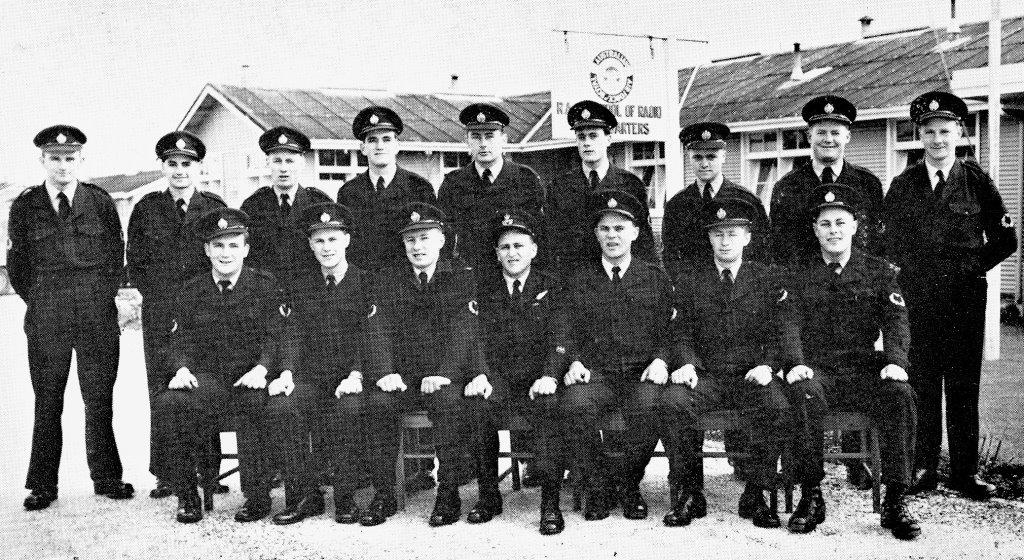
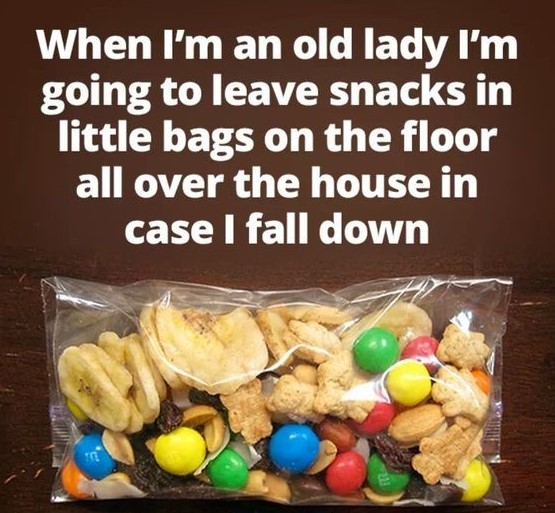
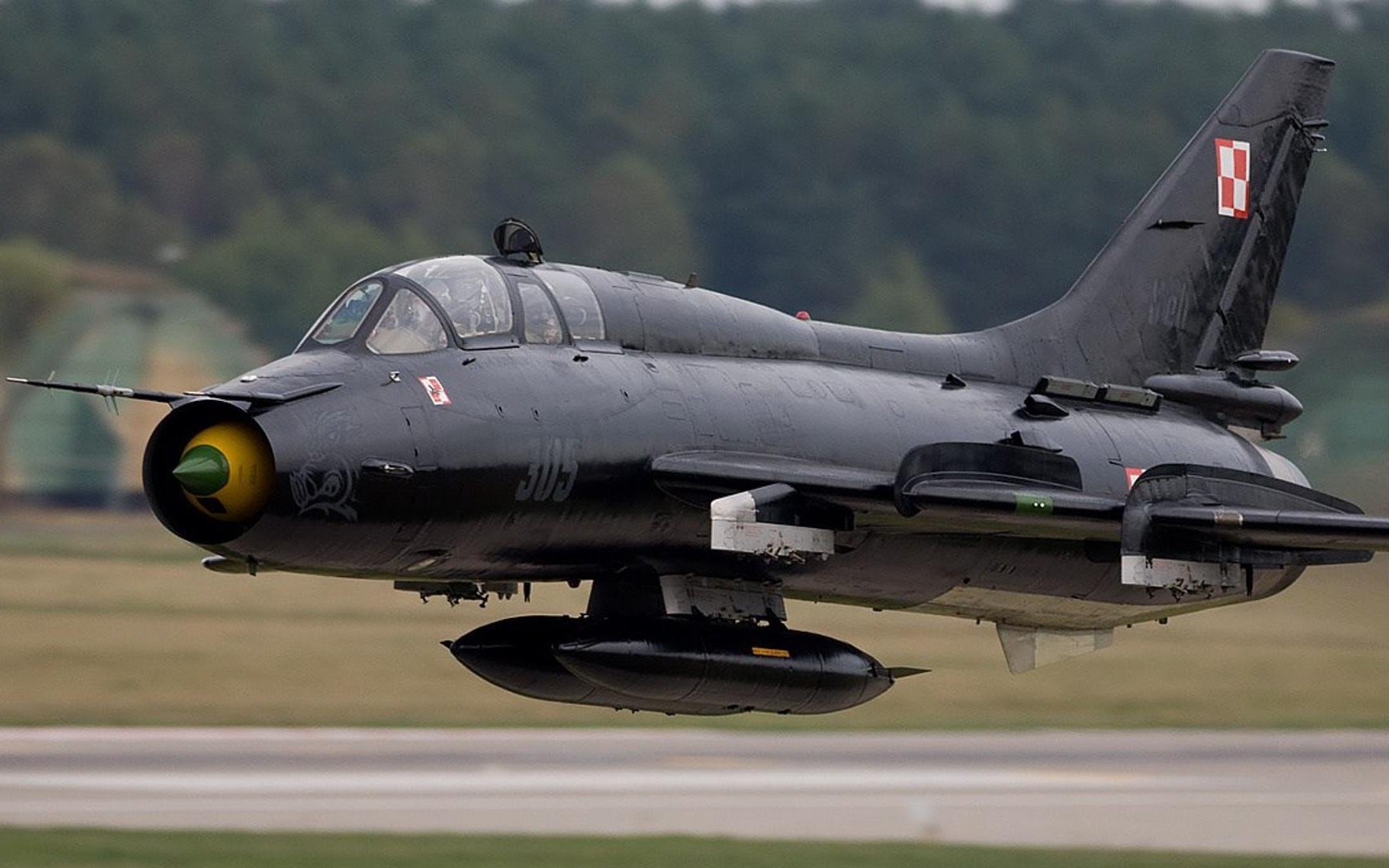
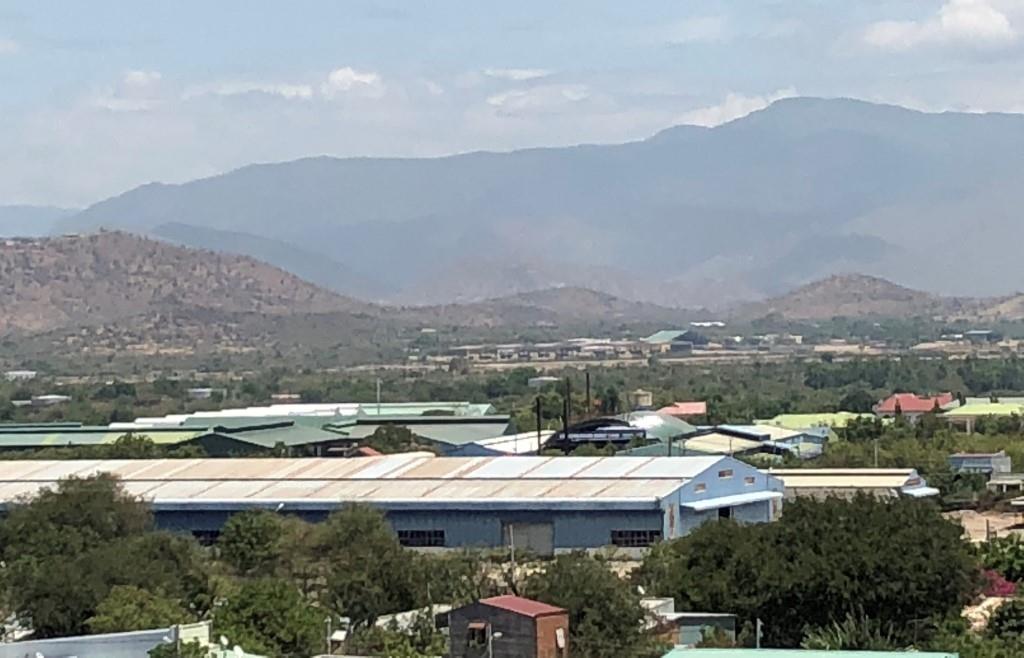
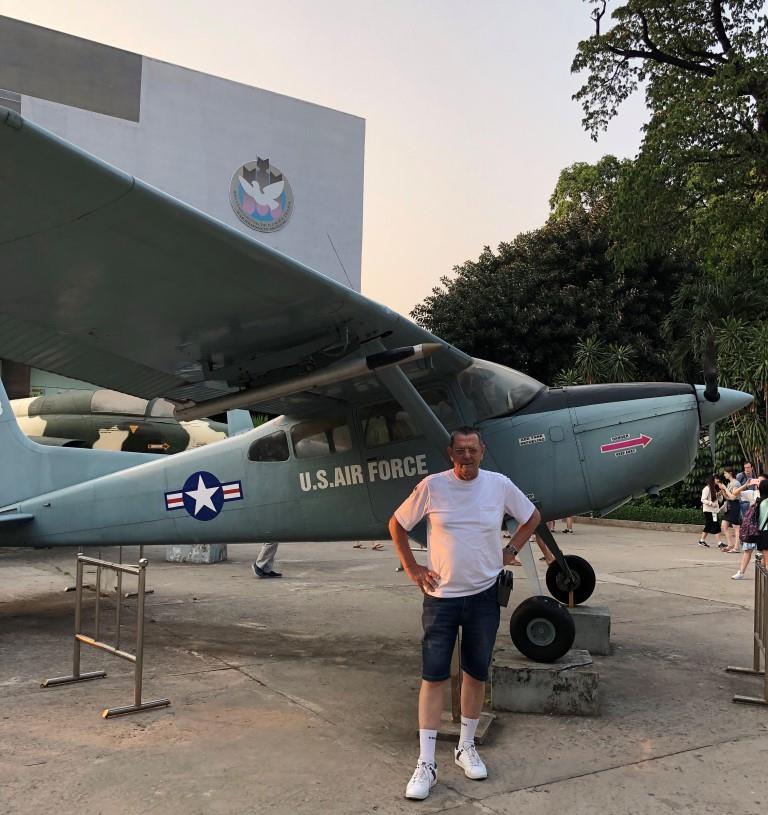
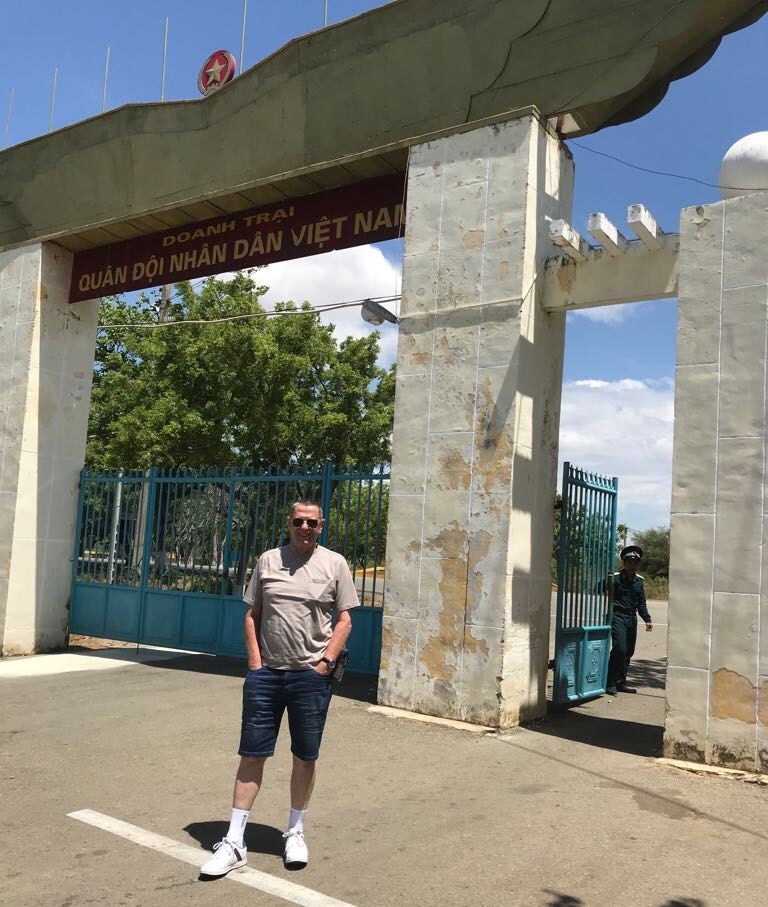
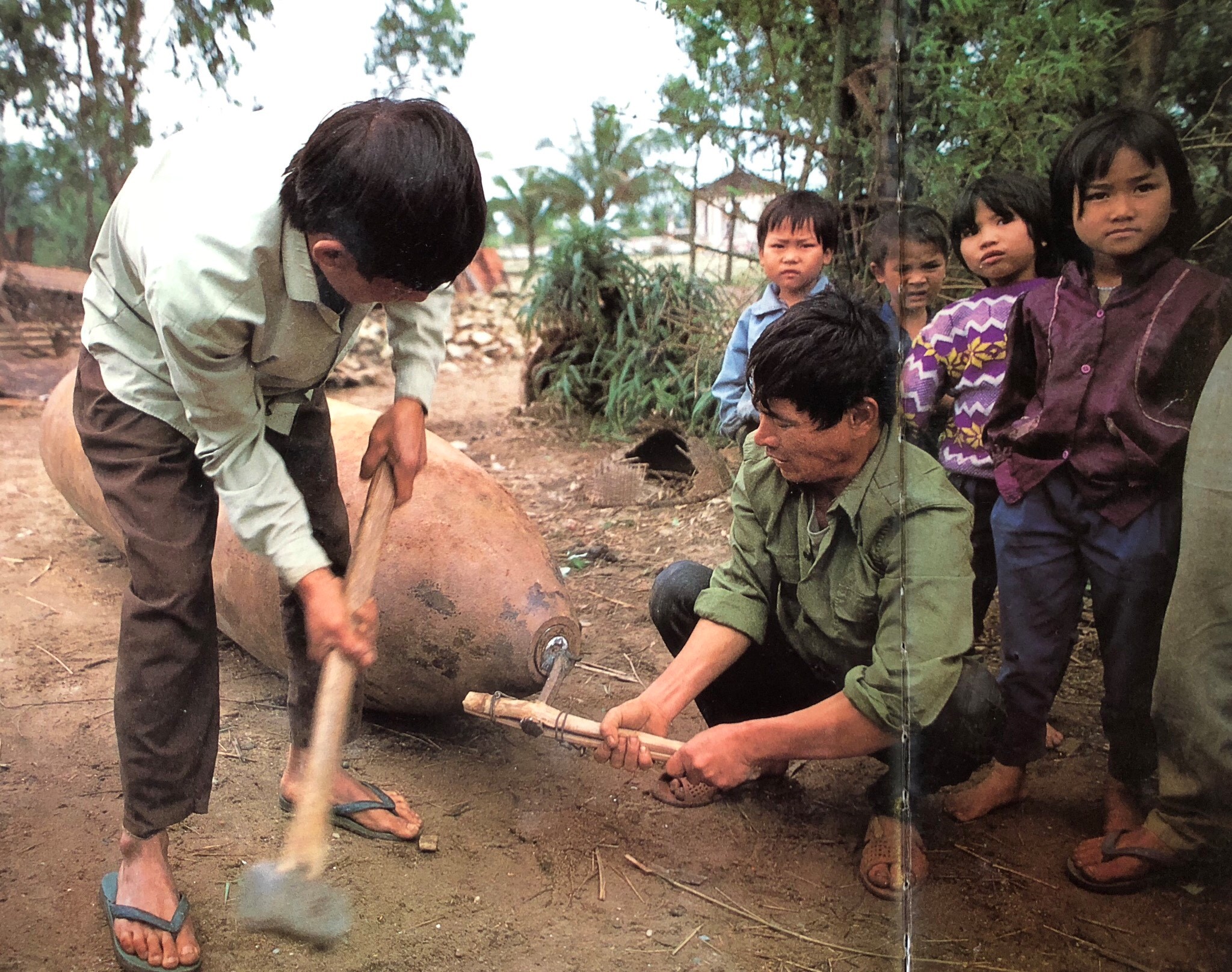
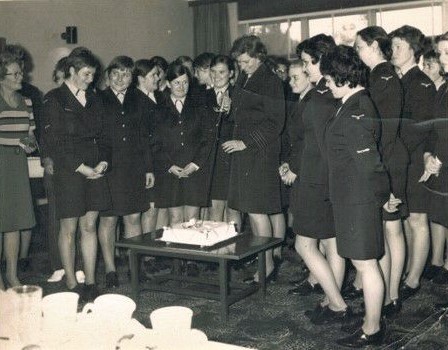
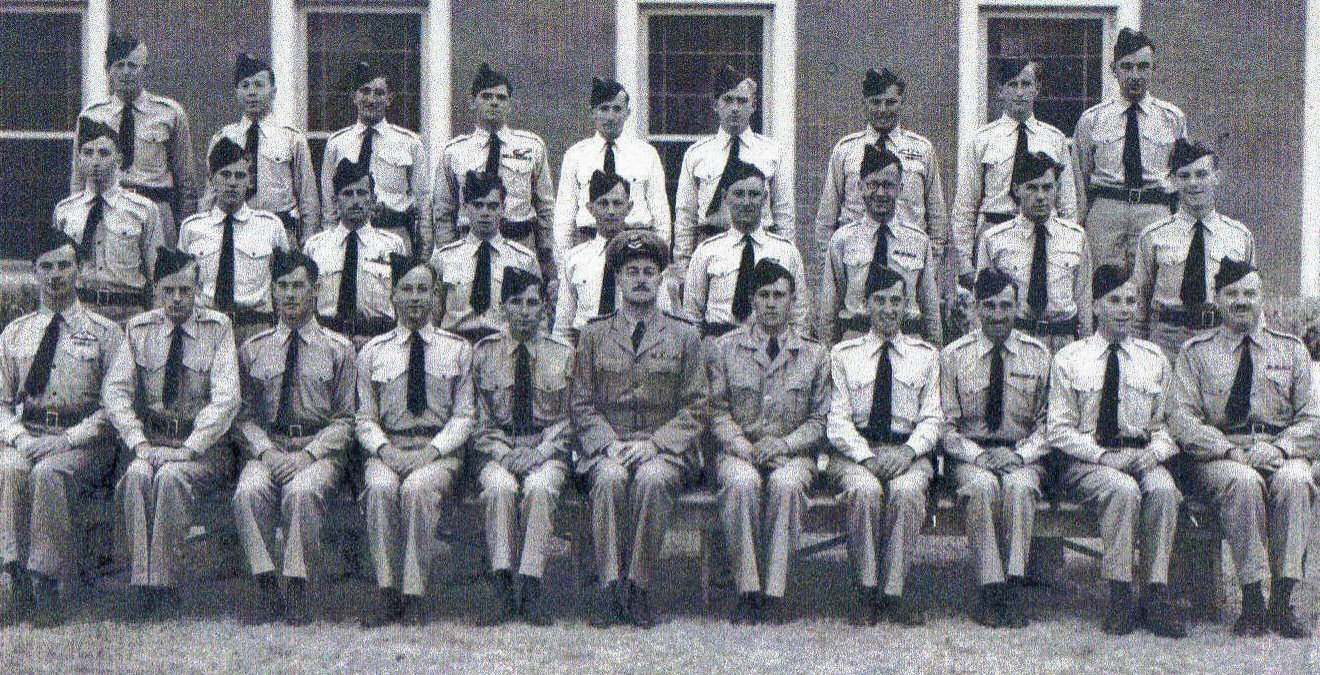
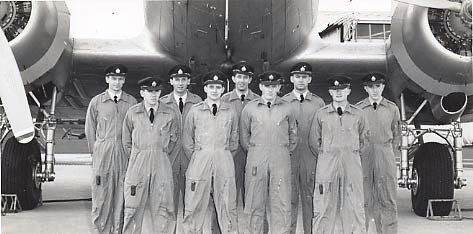
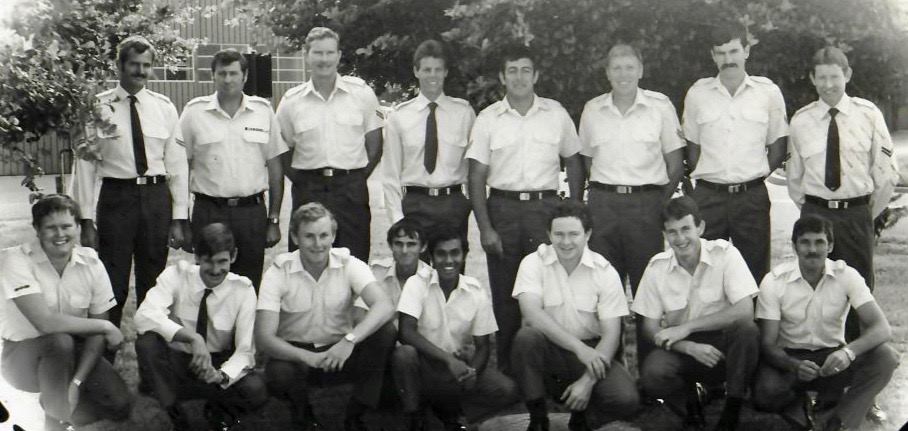
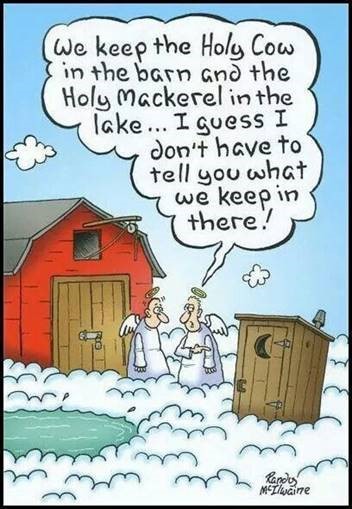
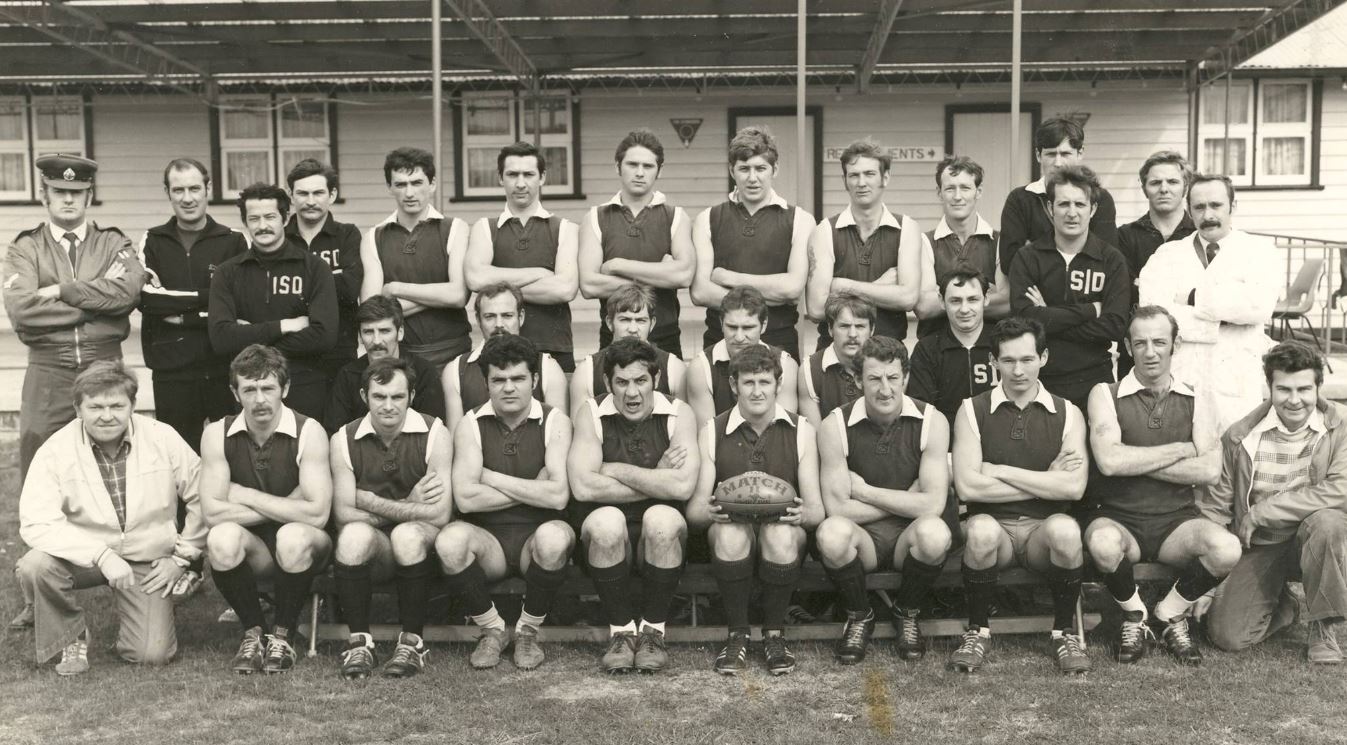
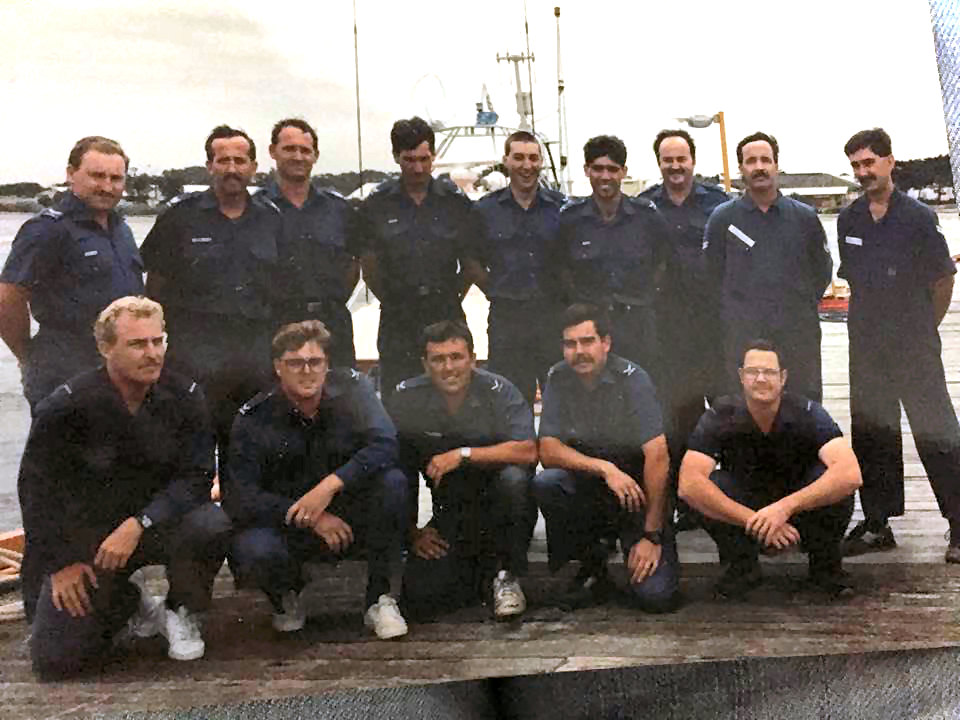
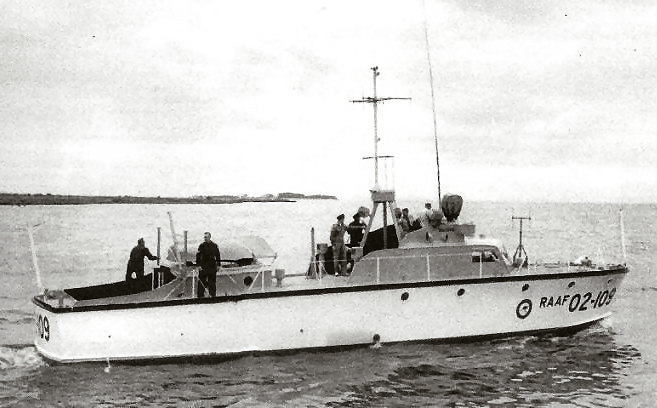
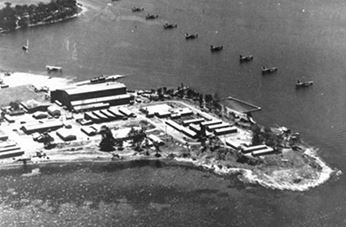

.jpg)
